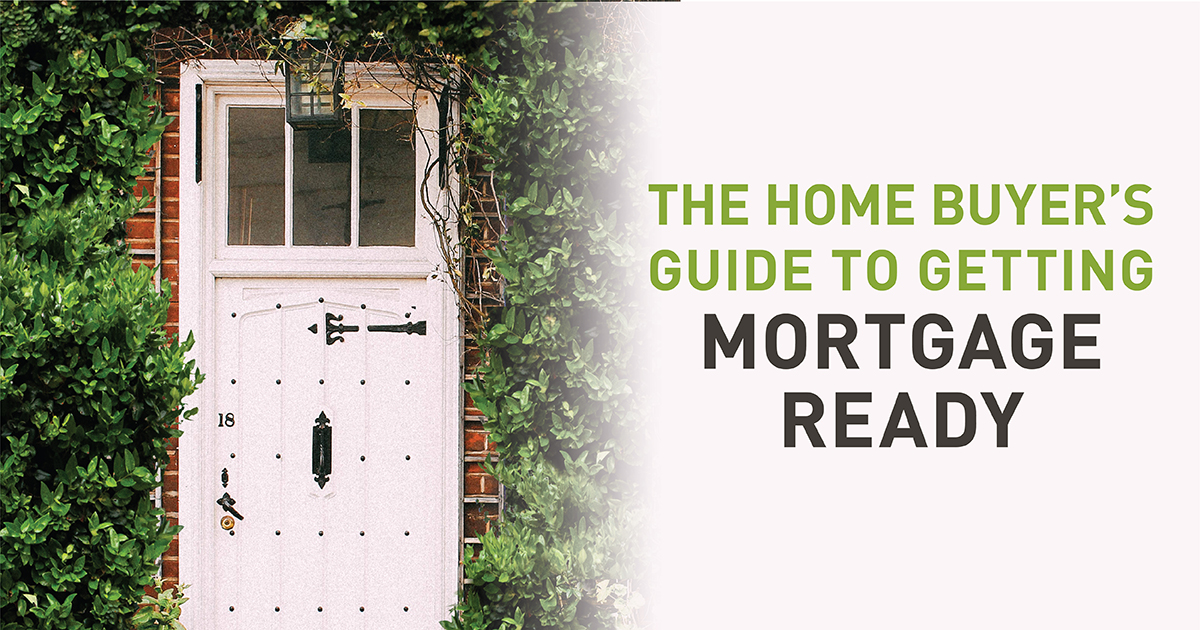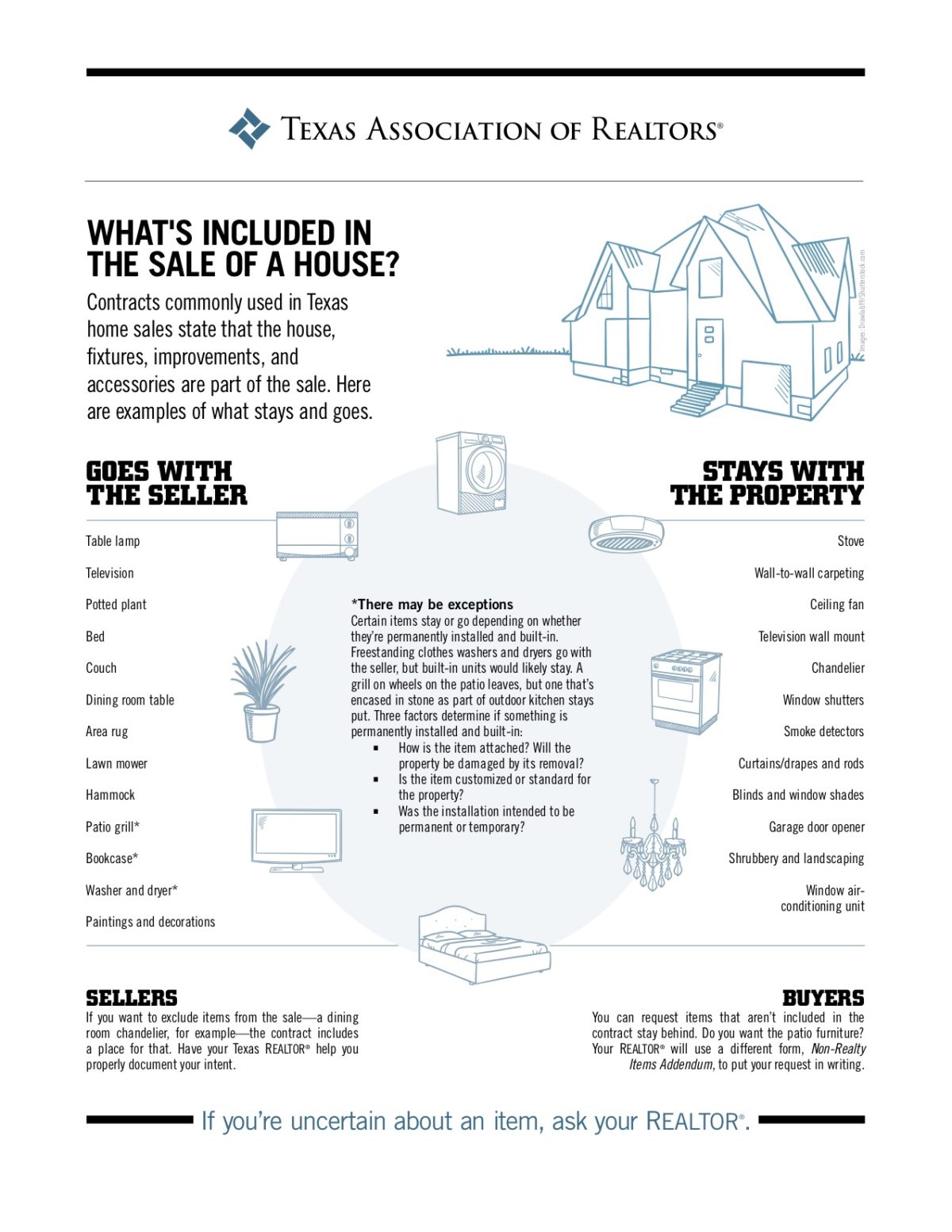
Do you need more space?
Spend Less – Get More! Buying a home is very rewarding in many ways.
This is the number 1 reason why people buy a home. The home buying process can be daunting. It’s one of the largest purchases that you will make during your lifetime. That said, the process is easier when you have the right team on your side. A good lender, REALTOR® and home inspector will guide you through the process stress free.
Right now in most areas we are in a buyer’s market. Rates are still low so it’s really the perfect time to buy.
What’s holding you back? Let’s explore some common misconceptions.
1. You need 20% down to buy a home
Many buyers believe that they need 20% down to buy a home. This is a very common misconception. There are FHA loans that will permit a 3.5% down payments and some conventional loans that will go as low as 3%. If you are or were in the military, VA loans require zero down! In addition, if the home is a rural area, USDA loans will also require no down payment.
2. You need a credit score in the 700s or better
This is no longer the case. There are many different loan programs available that will qualify many different buyers. It’s important to speak to a lender and have them analyze your situation. In most cases they will be able to get you qualified. If you like a list of mortgage lenders contact me at ali@happyclientsrealtygroup.com.
3. Don’t have too many lenders check your credit because that will lower your score
You have the right to shop for a loan. FICO, the company that computes the credit scores lenders use. Allow consumers to “rate shop”. When doing to make sure that you are comparing the same types of products. Don’t focus exclusively on interest rates. Sometimes a lender will increase your closing costs by making you pay down points in order to get you a better interest rate.
4. Adjustable rate mortgages are bad
We all heard a lot of negative things about adjustable mortgage rates after the mortgage melt down in 2008. Adjustable mortgage rates are not all bad and can be a great option for someone that plans of paying off a home in 5 years or if you plan on selling the home within 5 years. This will provide you will a low interest rate for the first five years on the loan and that maybe all you need. Speak to a lender about options.
5. You just need enough money to cover your down payment in savings
There are several upfront cost when buying a home. The down payment is usually the largest but you will need to cover the following as well:
- Earnest Funds: Once your offer for a home is accepted, you will have to deposit your earnest funds with the title company. Earnest funds are typically 1% of the sales price. For example: if the home is being sold for $200,000, your earnest funds will be $2000. These are funds that will be applied towards your down payment at closing so they are not in addition to the sales price offered.
- Option Fee: An option fee is a fee that is offered to the seller in exchange for a set number of days for you to complete your due diligence and be able to cancel the agreement if you find something that you don’t like. This fee will also typically be credited towards the balance due at closing if you proceed with the purchase. This is money well spent because as little as approximately $200 or less you can take your time and inspect the property before you fully commit.
- Inspection Fee: It’s always a good idea to have your home inspected. This usually will cost about $350-$450 on average. This is also money well spent. This is a large purchase and it’s important to know the condition before you commit to the sale.
- Appraisal Fee: This is a fee that the bank will ask you to pay in advance for the appraisal of the property. This fee will run between $450-550 typically. It is part of the closing cost and will be credited at closing.
- Reserves: The lender will usually want to see that you have around 2 months of mortgage payments in savings as reserves.
- Closing Costs: When you first get pre-qualified by a lender they will give you wants called a loan estimate. In it, the lender will disclosure all your costs; including your down payment, loan costs and closing costs. Closing costs can add up. Most of the closing costs go to what’s call pre-paids. This is a set amount that the lender will require to start your escrow account.
6. It’s cheaper to rent than it is to buy
Rent is expensive and normally there are a lot of upfront fees when renting a home. Along with those fees there are restrictions. Explore the option to buy. I think you’d be surprised that your monthly payment can be the same or less than a rental property.

7. You don’t need a home inspection for new construction
Whenever you are buying a home, be it new or a resale, it is always best that you have the home inspected. Even new homes have issues that come up during an inspection. A home is a major purchase. The investment in a home inspection is nothing compared to the cost of buying a home with major problems
8. It is cheaper to buy a home that needs work
It can be but in many cases you end up spending a lot more on a rehab than you do on a move-in ready home. Many people watch these HGTV shows and feel that rehabbing a loan is easy. It’s not! There are always surprises and these surprises can be costly.
In many cases buyers go in with good intentions of getting the work done but faced with the cost and time of the repairs, they are put off. Over time they let the repairs go and ultimately they are never get done.
9. I can save money by not using a REALTOR®
As a buyer, it will normally not cost you anything to have an agent on your side. In most instances the seller pays the buyer’s commission. There is not reason to not have ally on your side.
Before submitting an offer it’s important to review comparable sales in the area and overall market conditions. Every home is different and it’s important to look at all aspects of the home before submitting an offer. The surrounding area is very important. You can change things about the home but you can’t change its location.
10. I need to find a home before I speak to a mortgage lender
This would be false. It’s important to be pre-qualified before you start looking. Sometimes the bank will qualify you for more or less than expected.
When you find that perfect home, your offer is submitted with your pre-qualification letter. Don’t run the risk of losing the perfect home. By the time you get qualified the home might be gone.











